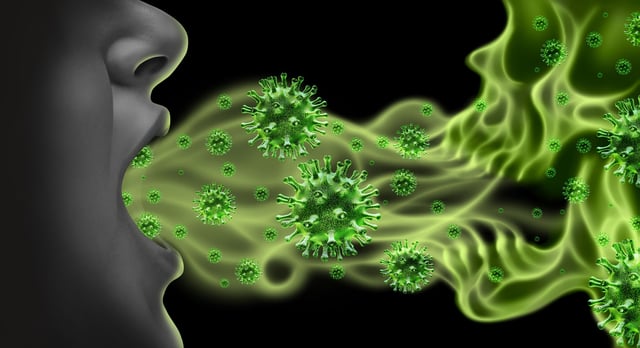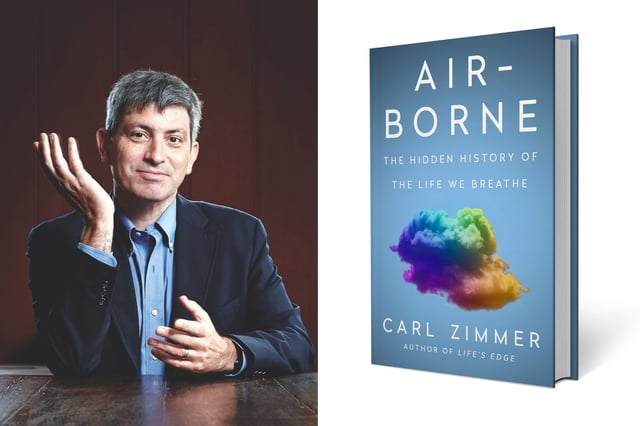Overview
- Carl Zimmer's book, 'Air-Borne: The Hidden History of the Life We Breathe,' examines the science of aerobiology and its relevance to public health and environmental challenges.
- The book highlights how COVID-19 redefined understanding of airborne transmission, revealing gaps in public health approaches and historical neglect of aerobiology research.
- Zimmer traces the history of airborne disease theories, from ancient miasma concepts to the germ theory revolution and the eventual recognition of airborne pathogens.
- The book also discusses how aerobiology research was diverted by biological weapons programs during World War II, delaying progress in understanding airborne life.
- Zimmer emphasizes the importance of addressing airborne risks, advocating for improved ventilation, air purification, and further research into the global aerobiome.

